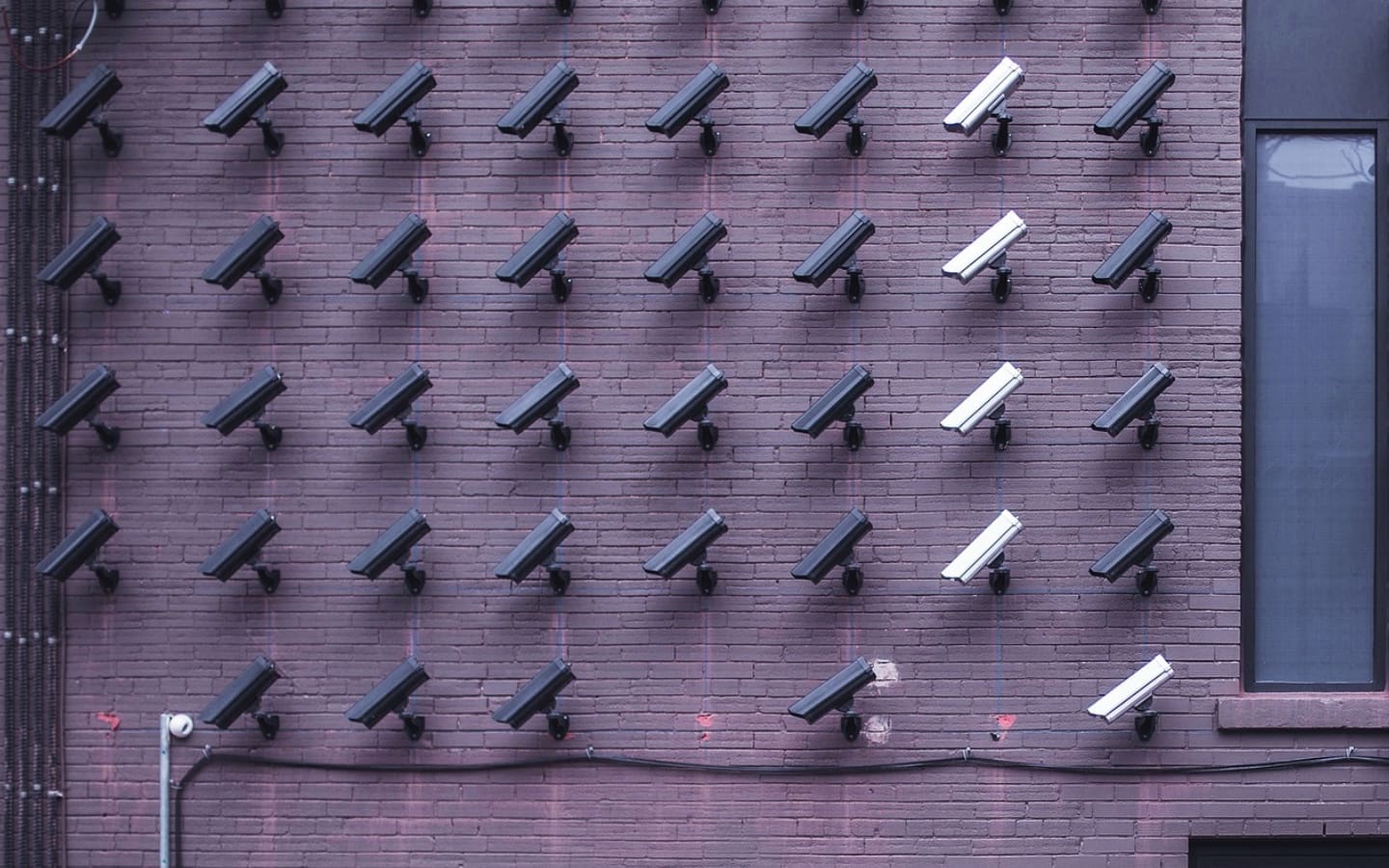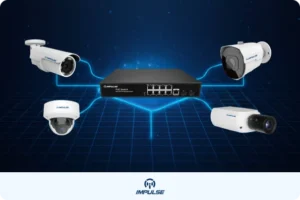An Epic Evolution: A Short History of CCTV
CCTV systems are vital for the safety of people and their premises worldwide. Able to record precarious situations and provide evidence of crimes, they have become an invaluable tool for effective policing and convicting criminals. Thanks to Closed Circuit Television (CCTV) we can all rest easier at night, knowing that there is an ‘eye out’, even when the police are not physically present.
The very first signs of the CCTV camera that we know today was a mechanical version, developed in June 1927 by Russian physicist Léon Theremin, to protect the Kremlin. German electrical engineer and pioneer of German television, Walter Bruch, is widely accredited as the inventor of the CCTV camera that we know today. In 1942, during WWII, they were used in Germany to monitor V-2 rockets. Walter Bruch also invented the first color television, quite a few years later.
Walter Bruch’s cameras were of very poor quality in comparison with the systems of today, but they served their purpose and were a great launch pad for the high-tech and innovative systems on the market currently. The ability to capture live footage and record it has revolutionized policing and security. With the crime rates we are seeing worldwide, they are now an essential part of any business or residential premises.
The first systems available for purchase by the public, without requiring a license, were in America in 1949. They were costly and quite primitive, mainly used for business premises and city security.
In 1969, nurse and inventor Marie Van Brittan Brown, along with her husband, electronics technician Albert Brown, patented the first CCTV system for residential use. They installed the system in their home and patented it a year later.

In the 70’s, innovation took hold and systems began to include multiple cameras, by the 90’s multiplexing was in use where inputs from multiple cameras could be displayed on one screen.
Through the ages, recordings went from tape, to DVD to the digital files of today, ever evolving and improving the quality of recordings and the trustworthiness of footage.
Facial recognition technology was developed in the 2000’s, taking the CCTV system from a recorder to a robot and then the more common use of AI technology made the system almost human.
From a mechanical camera, where footage was hardly visible to a camera that can independently alert authorities if someone is loitering or has left a suspicious package behind, it has been an epic evolution and an important one for those of us who value our safety.
Today the technology is sophisticated and the market is large. It is projected that by 2023, the video surveillance market will be worth 62.6 billion U.S. dollars and the SMART home security market will be worth 30.1 billion U.S. dollars. The industry is growing and technology is advancing at pace.
Impulse CCTV & PoE Switching offers the global market Industrial Grade Video Surveillance and Networking Systems, verified and approved, we are the best solution for your security and surveillance needs. High quality standards, outstanding service, innovation, constant development and vigorous product testing is what sets us apart.
View the Impulse state-of-the- art:



